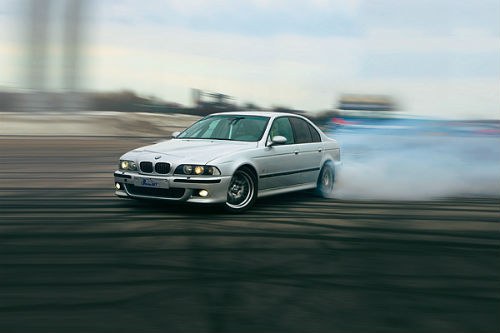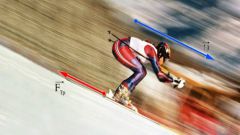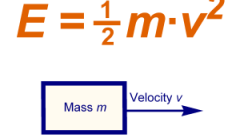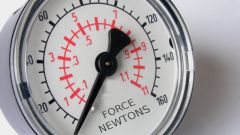You will need
- - tape measure or rangefinder;
- - table for determining the coefficient of friction;
- - the concept of kinetic energy;
- - scales;
- calculator.
Instruction
1
If the body is moving uniformly and rectilinearly, find the force which sets it in motion. It compensates for the force of friction, therefore, numerically equal but pointing in the direction of motion. Measure with tape or rangefinder distance S, at which the force F moved the body. Then the work of force of friction is equal to the product of force into distance with the sign "minus" A=-F∙S.
2
Example. Car moving on the road uniformly. What work does the force of friction on the distance of 200 m, if the thrust of the engine is equal to 800 N? With uniform rectilinear motion, the thrust of the engine is equal in magnitude to the force of friction. Then her work will be equal to A=F∙S =-800∙200=-160 -160000 j or kJ.
3
The property of surfaces to hold on to each other shows the coefficient of friction μ. For each pair of contacting surfaces it different. It is possible to calculate or learn the special table. There is a coefficient of friction of rest and the coefficient of friction of sliding. When calculating work , the force of friction take the ratio for slides, because without the movement the work is not done. For example, the coefficient of friction of sliding of wood on metal is equal to 0.4.
4
Determine the work the force of frictionacting on a body resting on a horizontal surface. To do this, determine its mass m to kilograms using the scales. Multiply the weight by the coefficient of friction of sliding of these surfaces μ, the acceleration of gravity (g≈10 m/S2) and the distance that moved the body, Before S. formula put a sign "a minus" because the body moves in the direction opposite to the direction of force of friction (A=-μ∙m∙g∙S).
5
The work of forces of friction, is only valid when it is equal to change in kinetic energy of the body. To find the definition of initial v0 and final velocity v of a body on the examined section of the route. Multiply the mass m of a body on the difference of the squares of the initial and final speed of the body, and the result divide by the number 2 (A=m∙(v2-v02)/2). For example, if the vehicle weight of 900 kg, traveling at a speed of 20 m/s stops, the work of force of friction is equal And=900∙(02-202)/2=-180000 j or -180 kJ.





